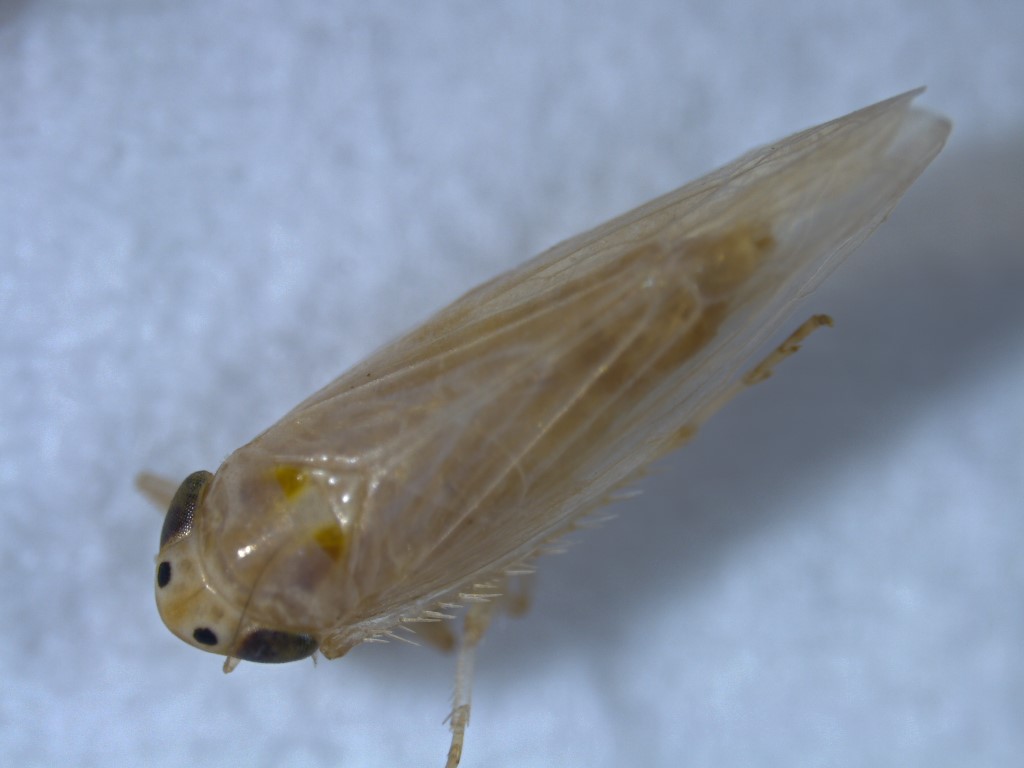Corn leafhopper reemerging in Texas, other grain producing states
Yield losses, potential red stunt disease cause growers concern

Corn leafhopper has reemerged in some Texas corn-growing regions and other states, threatening both yields and grain quality.
David Kerns, Ph.D., Texas A&M AgriLife Extension Service statewide integrated pest management coordinator and associate department head for the Texas A&M Department of Entomology, said corn producers need to become familiar with the insect and learn more about management strategies.
“Certainly, growers need to be aware of this going into the next growing season,” he said. “It’s a big issue. Corn leafhoppers could transmit pathogens, which can lead to diseases and other problems associated with growing a good, healthy corn crop.”
Grower awareness, education
Corn leafhopper was reported as far north as Ohio in 1981. In 2016, it reemerged as a pest in South Texas. This year, outbreaks were reported in Tamaulipas, Mexico, and became widely distributed in Texas, Oklahoma, eastern New Mexico, Kansas, Missouri, Georgia and Arkansas. They were also reported in Illinois, Indiana, Nebraska, Minnesota and Wisconsin late in the season.
Corn leafhopper produces a sugary substance called honeydew, which can grow on stalks and leaves and lead to the growth of sooty mold, which may block leaf photosynthesis.
The biggest concern is red stunt disease due to the four main plant pathogens corn leafhoppers transmit. Symptoms seen by growers include yellowing and reddening leaves, rapid dying of lower canopy, dying of ear leaf and corn husks, poor pollination and extensive blank ear tips, incomplete kernel fill, stunted or excessively thin and tall plants, formation of multiple deformed ears from the primary ear position, and abnormal tillering.
“We don’t want people to panic,” Kerns said. “I think our biggest concern is how cold it gets this winter. A hard freeze is advantageous. However, certain parts of Texas do not get as cold, and the leafhoppers and their pathogen can harbor on volunteer corn.”
Corn leafhopper can survive at temperatures of 50 degrees to 68 degrees in the absence of a corn crop, feeding on other grass species. Kerns said corn is the best host, but the insects can survive on grass species such as eastern gama grass when corn is not available, but it needs corn to reproduce.
“It can also survive on sorghum and johnsongrass and may survive as long as one month,” he said.
Prevention, treatment options
Farmers can follow these suggestions to lessen the threat:
- Plant resistant corn hybrids. This is not currently an option, but we are aware that some hybrids are less affected than others. More research will be required to determine which hybrids are least sensitive.
- Volunteer corn management. In areas of Texas that do not experience freezing temperatures, it is essential to eliminate volunteer corn since it can serve as a host.
- Plant as early as possible. Early planted corn has been shown to escape corn leafhopper infestation and subsequent issues with the pathogens during the critical infestation period, emergence through V8.
- Use insecticide, during emergence through V8 when corn leafhoppers are detected, especially for late-planted corn or second crop corn. Kerns said insecticides such as Sivanto Prime and Transform are options, but we have not had the opportunity to fully evaluate their effectiveness.
Growers can learn more about the corn leafhopper via AgriLife Learn, “Corn Leafhopper and the Red Stunt Disease Complex.”





